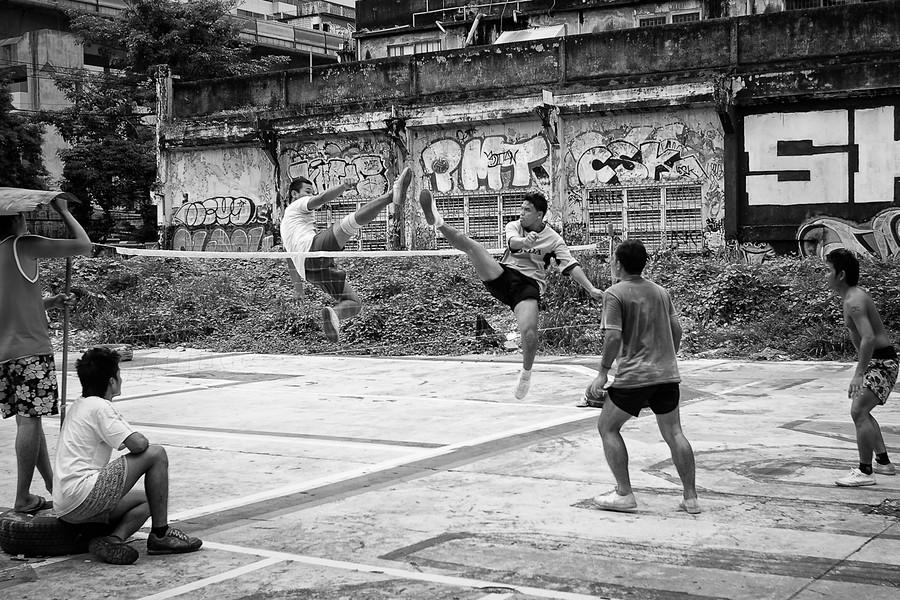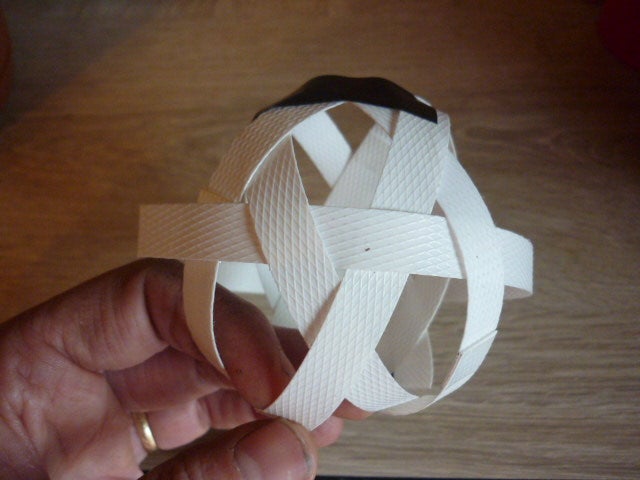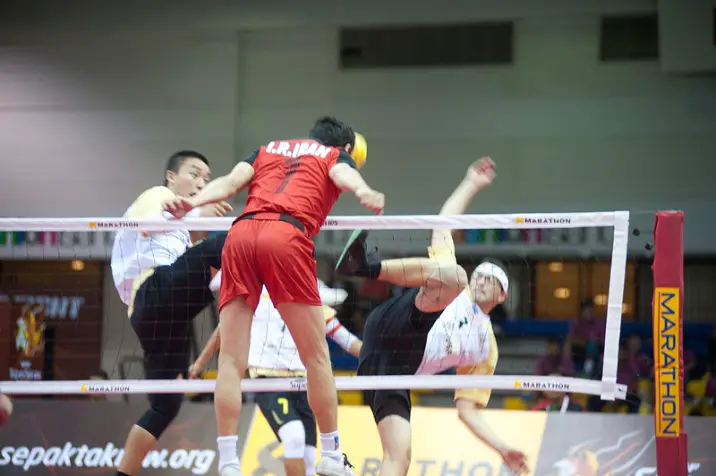What are the Different Levels of Play in Sepak Takraw? : Unveiling the Skill Progression
( If you purchase through our sponsored links, we may receive a small commission at no extra cost to you )
Sepak Takraw has three official levels of play: Regu, or three-a-side team; Doubles, or two-a-side team; and Singles, which is played one-on-one. Sepak Takraw, the traditional sport originating from Southeast Asia, offers different levels of play to cater to the diverse skills and preferences of players.
The Regu format involves a three-a-side team, providing a dynamic and cooperative playing experience. Doubles, on the other hand, features a two-a-side team, allowing for strategic and intense matches. Lastly, Singles offers a one-on-one challenge, testing individual skill and agility.
Each level of play in Sepak Takraw has its own unique dynamics and strategies, contributing to the sport’s appeal and accessibility to players of various abilities and interests. Whether you prefer team-based collaboration or individual competition, Sepak Takraw offers something for everyone.
Evolution Of Sepak Takraw Skill Levels
Sepak Takraw, also known as kick volleyball, has evolved over the years to encompass various skill levels and playing styles. From its traditional roots to the introduction of modern competitive play, the sport has seen a notable progression in the levels of play. Understanding the historical development of sepak takraw skill levels provides valuable insight into the sport’s rich heritage and the diverse range of playing techniques that have emerged over time.
Origins Of Sepak Takraw
The origins of Sepak Takraw can be traced back to Southeast Asian countries such as Malaysia, Thailand, and Indonesia, where it was initially played as a recreational activity and a form of cultural entertainment. The traditional methods of play involved casual matches among community members, emphasizing agility, flexibility, and coordination. Players would often showcase their skills in a friendly and non-competitive environment, focusing on the joy of the game and the camaraderie it fostered.
Traditional Methods Of Play
In its early stages, Sepak Takraw was played using rattan balls and improvised net setups, with an emphasis on artistic movements and acrobatic kicks. The traditional methods of play placed a strong emphasis on upholding the cultural heritage of the sport, with players showcasing their athleticism and creativity in executing precise kicks and aerial maneuvers. These traditional techniques laid the foundation for the development of more advanced playing styles and skill sets in modern sepak takraw.
Introduction Of Modern Competitive Play
The introduction of modern competitive play brought about a shift in the approach to Sepak Takraw, as the sport began to be organized into formal leagues, tournaments, and international competitions. This evolution led to the standardization of rules, equipment, and training methodologies, influencing the development of specialized skills and strategic gameplay. Modern competitive play focused on enhancing individual and team tactics, refining technical abilities, and elevating the overall level of performance in the sport.

Credit: news.asu.edu
Differentiating Beginners From Intermediate Players
When it comes to the sport of Sepak Takraw, there are different levels of play that distinguish beginners from intermediate players. Understanding these differences is essential for players to progress and improve their skills. Let’s take a closer look at the levels of play in Sepak Takraw and how beginners can transition to the intermediate level.
Basic Skills And Techniques For Beginners
Beginners in Sepak Takraw focus on developing fundamental skills and techniques that are essential for the game. This includes mastering basic moves such as the inside kick, outside kick, and knee spike. Additionally, beginners are encouraged to focus on improving their footwork, agility, and coordination, which are crucial for playing the game effectively. Furthermore, learning to control the ball and mastering the art of passing are key aspects that beginners need to focus on to lay a solid foundation for their game.
Transitioning To Intermediate Level Play
As players progress from beginners to intermediate level, they need to refine their skills and tactics. This involves enhancing their agility, speed, and flexibility to perform more advanced maneuvers such as the bicycle kick, roll spike, and block. Intermediate players must also focus on mastering the art of teamwork and strategic positioning on the court. They need to understand the importance of anticipation and quick decision-making, which are essential for success at this level of play.
Challenges Faced By Intermediate Players
Intermediate players in Sepak Takraw encounter unique challenges as they strive to elevate their game. One of the key challenges is maintaining consistency in executing advanced techniques under competitive pressure. Another hurdle is adapting to the varied playing styles of opponents and making quick adjustments during matches. Additionally, intermediate players need to harness their mental fortitude to overcome setbacks and continue refining their skills for sustained improvement.
Advancing From Intermediate To Advanced Play
As you progress in your Sepak Takraw journey, transitioning from intermediate to advanced play opens doors to a whole new level of skill, strategy, and competitiveness. Mastering advanced techniques, mental and physical preparation, and implementing competitive strategies become pivotal in moving up the ranks and conquering the court.
Mastering Advanced Techniques
Entering the advanced realm of Sepak Takraw demands a thorough understanding and flawless execution of advanced techniques. These include acing the “rolling spike,” “flip spike,” and the elusive “overhead scissors kick.” Perfecting these intricate moves requires rigorous practice and dedication.
Mental And Physical Preparation
As you ascend towards advanced play, honing your mental and physical stamina becomes indispensable. Endurance training, agility drills, and mental fortitude exercises are imperative to stay agile and sharp on the court. Developing a focused mindset and maintaining peak physical condition are non-negotiable.
Competitive Strategies At The Advanced Level
Competing at the advanced level demands a strategic approach. Implementing competitive strategies such as reading your opponent’s movements, pre-emptive positioning, and swift decision-making on the court become vital. Adaptability, quick thinking, and calculated risks pave the way to success in advanced Sepak Takraw.
Professional And Elite Sepak Takraw
Welcome to the world of professional and elite sepak takraw – a highly competitive and prestigious level of play that showcases the pinnacle of skill, dedication, and athleticism. At this level, athletes exhibit exceptional abilities, strategic mastery, and a deep understanding of the sport’s nuances. Let’s delve into the distinguished realm of professional and elite sepak takraw to understand the career pathways, elite competitions, and the rigorous training that sets this level apart.
Career Pathways In Professional Sepak Takraw
Professional sepak takraw offers a promising career pathway for talented athletes who aspire to make a mark in the competitive sporting arena. With unwavering dedication and relentless training, players can pursue various roles such as players, coaches, referees, and sport administrators, paving the way for a sustainable career in the sport they love.
Elite Competitions And Tournaments
The elite level of sepak takraw is characterized by the presence of high-stakes competitions and prestigious tournaments that attract the best teams and players from around the globe. Competitions such as the ISTAF Super Series and the Sepak Takraw World Championships serve as platforms for elite athletes to showcase their skills, compete at the highest level, and garner recognition on an international scale.
Training Intensification At The Highest Level
At the elite level, training reaches unparalleled levels of intensity and precision. Athletes undergo rigorous physical conditioning, technical skill refinement, and mental fortitude training to achieve peak performance. The emphasis on tactical strategies, collaborative team dynamics, and continuous improvement sets the stage for elite athletes to excel in the competitive landscape of professional sepak takraw.
Mastery And Legacy In Sepak Takraw
Sepak Takraw, often referred to as the “kick volleyball,” boasts a rich history and a legacy of mastery that transcends generations. Understanding the different levels of play in this sport sheds light on the perpetuation of its heritage, the impact of distinguished players, and the continuous pursuit of excellence within the Sepak Takraw community.
Perpetuating The Sport’s Heritage
The heritage of Sepak Takraw is preserved through its various levels of play, from casual enthusiasts to professional athletes. Each level serves as a crucial link in the chain of passing down the traditional art of foot volleyball while also embracing the evolution of the sport. As players hone their skills and pass on their knowledge, they contribute to the perpetuation of the sport’s rich and vibrant history.
Distinguished Players And Their Impact
Throughout the history of Sepak Takraw, there have been remarkable players who have left an indelible mark on the sport. From their exceptional athleticism to their unparalleled mastery of the game, these individuals have elevated Sepak Takraw to new heights. Their impact goes beyond the court, inspiring future generations and showcasing the possibilities within the sport. By celebrating these distinguished players, we honor their contribution to the legacy of Sepak Takraw.
Sustaining Excellence In Sepak Takraw
Excellence in Sepak Takraw is not merely a goal but a continuous journey. Professionals and amateurs alike are dedicated to upholding the highest standards of performance, sportsmanship, and technique. The pursuit of excellence is embedded in the fabric of Sepak Takraw culture, ensuring that the sport continues to thrive and evolve. Through relentless training, strategic gameplay, and unwavering passion, players sustain the legacy of excellence in Sepak Takraw.
Frequently Asked Questions For What Are The Different Levels Of Play In Sepak Takraw?
What Are The Different Types Of Players In Sepak Takraw?
The different types of players in sepak takraw are strikers, setters, and defenders. Each has specific roles in the game.
What Are The Six 6 Techniques In Playing Sepak Takraw?
The six techniques in playing sepak takraw are: 1. Serving 2. Passing 3. Setting 4. Spiking 5. Blocking 6. Diving. These techniques require coordination, agility, and flexibility. Mastering these skills is crucial for success in sepak takraw.
What Are The Roles In Sepak Takraw?
The roles in sepak takraw include the server, the feeder, and the striker. The server initiates play, the feeder sets up the ball, and the striker kicks it over the net. Each player has specific responsibilities in the game.
How Many Sets Are There In Sepak Takraw?
In sepak takraw, there are typically three sets in a match. Each set is played to 21 points, with a team needing to win two out of three sets to win the match.
Conclusion
Understanding the different levels of play in Sepak Takraw is crucial for aspiring enthusiasts and seasoned players alike. Whether you are a beginner, intermediate or advanced player, each level offers its own unique challenges and opportunities for growth. By familiarizing yourself with these levels, you can better strategize your training and skill development to reach new heights in this dynamic sport.







